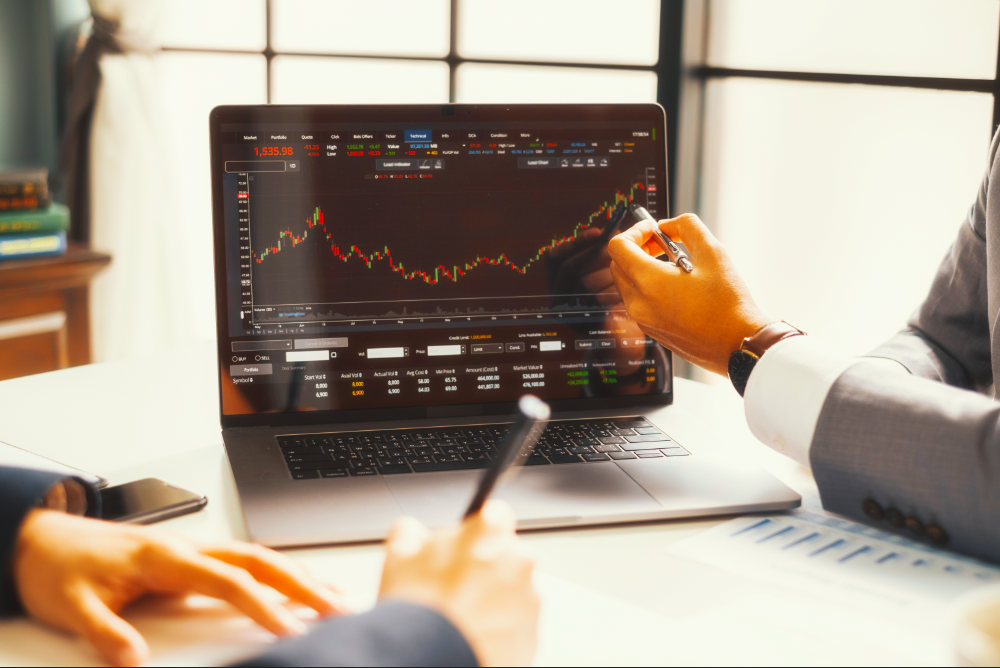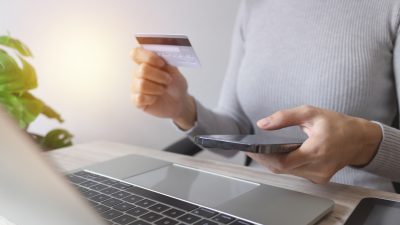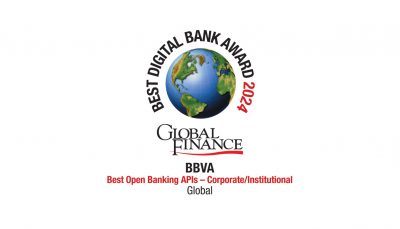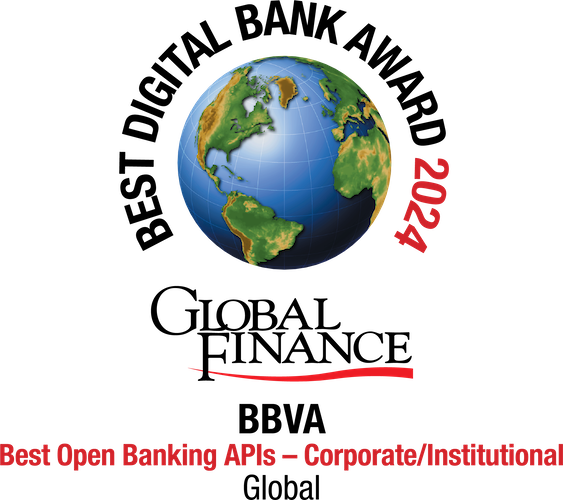Thanks to its decentralized operation, Forex offers automatic 24/7 solutions that are more interesting for companies looking to integrate FX into their ERP.
Forex is one of the most relevant markets for companies, especially if they are able to connect to FX from their Enterprise Resource Planning (ERP) system. Companies that are able to automate their currencies and make payments and collections with currency conversion will gain a competitive edge.
Currency automation is already possible through the FX API, which enables the integration of currency transactions into the management system of companies. To understand why this integration is key for businesses, we need to first understand how Forex works.
Why are SMEs and other companies interested in Forex?
The foreign exchange (Forex) market is the world’s largest financial market. The money, capital, stock, bond or financial derivative markets are barely approaching the trillions of U.S. dollars traded every day on Forex. And where there are flows, there are opportunities.
Both imports and exports (for trade outside the European Union) and imports and introductions and shipments (within the EU) derive in capital flows in different currencies and, therefore, in conversion opportunities for obtaining gains in the market.
As the article explains, the integration of automated tools such as FX APIs into ERPs leads to synergies that make it easier for companies to achieve a beneficial presence in the forex markets. This is how it works.
How does Forex work?
Forex is a decentralized system that operates directly (formally, over the counter/OTC). Banks and large companies buy and sell in one-to-one relationships, without a “forum” that centralizes exchanges in an over-the-counter market.
The currency market is organized through a global network of banks that talk to each other, and through four key hubs in different time zones acting as exchange venues:
- Sidney: 22:00 UTC to 7:00 UTC (Coordinated Universal Time).
- Tokyo: 24:00 UTC to 9:00 UTC.
- London: 8:00 UTC to 17:00 UTC.
- New York: 13:00 UTC to 22:00 UTC.
For obvious reasons, it is open 24 hours a day. Forex is divided into three different markets:
01. Spot trading market
Physical exchange of a currency pair (e.g. USD/EUR) that takes place when the trade is settled. In this market, currencies are acquired at the current market price, called spot. It is common in intraday.
02. Forward market
A contract is established to buy or sell a certain fixed amount of currency at a price and within a range of future dates. The exchange happens if the conditions are met. If not, it does not happen.
03. Futures market
After agreeing on a fixed date in the future, a legally binding contract is entered into to buy or sell a certain amount of a certain currency at a pre-set price. These contracts are established on the basis of the expected market behavior.
Short and long positions within Forex
For the three types of market above, you can open two types of positions:
– Going long, when you suspect that the value will increase. A buy position is opened if you believe that the price will rise, and subsequently you close the position with a sell order.
For example, today you buy 10,000 U.S. dollars at 1.12 USD/EUR paying 8,333 euros, with the expectation that in a year the ratio will be 1.23 USD/EUR and the sale will result in 10,249 euros. A gain of 2.5%.
– Going short, when you suspect that the value will be reduced. You open a sell position and then close a position with a buy order. The example would be the opposite of the one above.
How can a company or SME trade in the foreign exchange market (Forex)?
Forex is a complex market with simple rules. That is why there are many ways to enter through different products and services.
Classic currency purchase
Although Forex is a decentralized market, this does not mean that companies cannot be a part of its flows. The simplest way is to buy and sell currencies, even in a traditional way such as mere holding.
In fact, the easiest way is to open a bank account in another currency. An SME that opens an account in dollars and buys a certain volume of this currency can later convert it to another currency. If the joint buy and sell transaction results in a profit, it can be considered part of the Forex (small and tangential) since the company traded in currencies.
Using online brokers
Using online brokers allows companies to make a profit from the exchange of currencies, by buying and selling currencies over time and applying strategies such as intraday or holding. Although there are key differences with markets such as stocks, the truth is that the user interfaces are similar.
These brokers allow you to complete buy-sell transactions or fix them in the future. GBP/USD, EUR/USD, USD/JPY and other “major currency” pairs are usually available. Large companies can make use of these brokers to obtain gains or avoid currency devaluation.
But how can small as well as large businesses automate their currencies?
Collections and payments through Forex
Banks such as BBVA allow their corporate clients to use tools such as the FX API, a system for automatic currency trading, which is integrated into the company’s ERP. The brands no longer need to the bank to exchange currencies; this is done automatically.
For example, a company can transform all incoming payments in dollars into euros as soon as possible, as soon as the USD/EUR pair reaches a certain value; or it can set up a schedule that transforms the incoming currency to the most devalued pair in the process (waiting to obtain gains after selling within a short timeframe).
Integrating foreign exchange trading into the company’s ERP through an application such as FX API offers companies the chance to design the system to suit them. This facilitates automation and makes it feasible to free up the teams, which can now engage in more creative and productive tasks, while currencies trade under programmed rules.


























